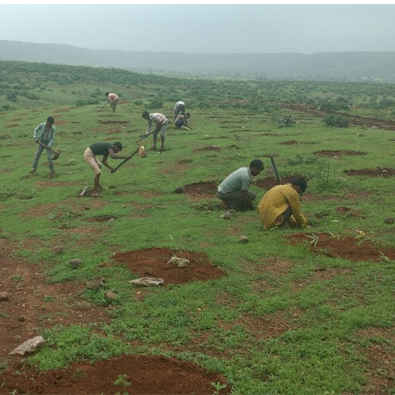
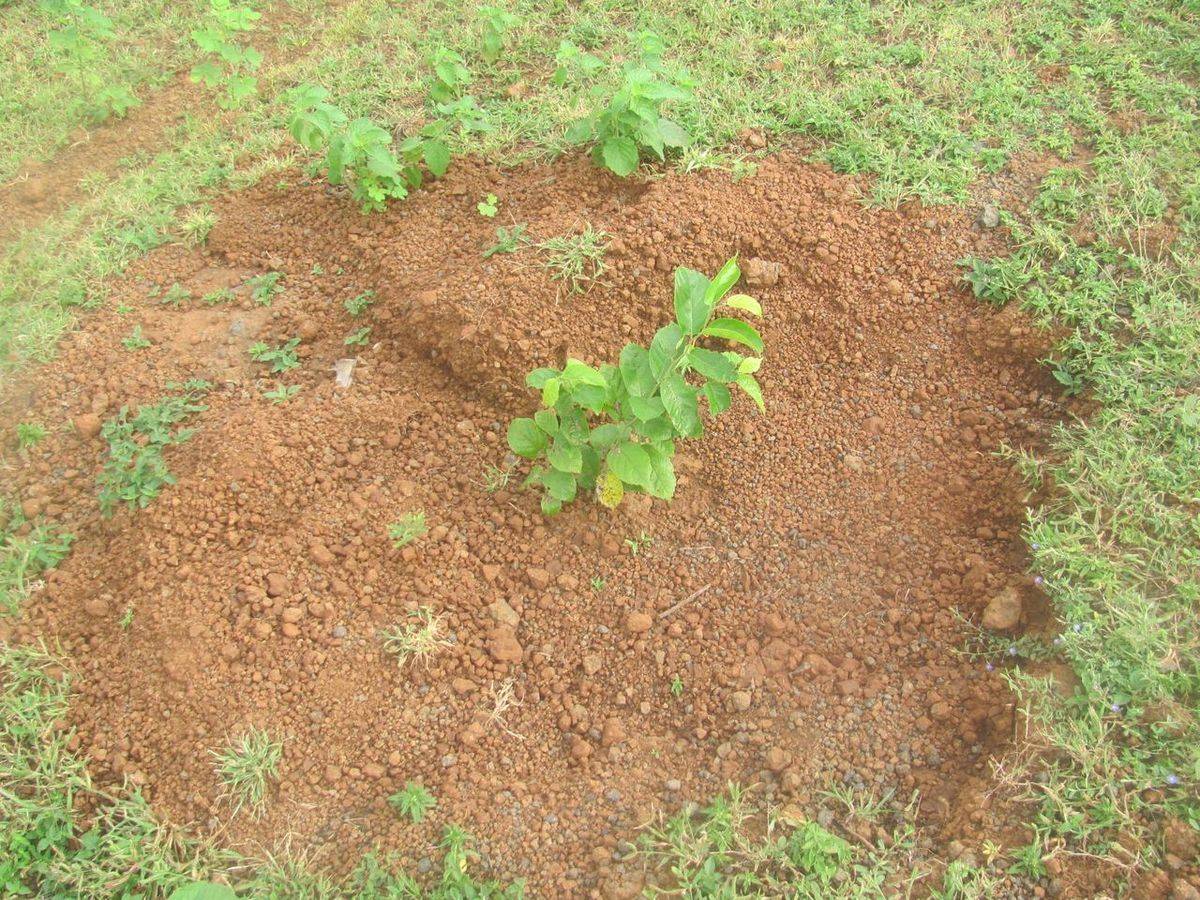
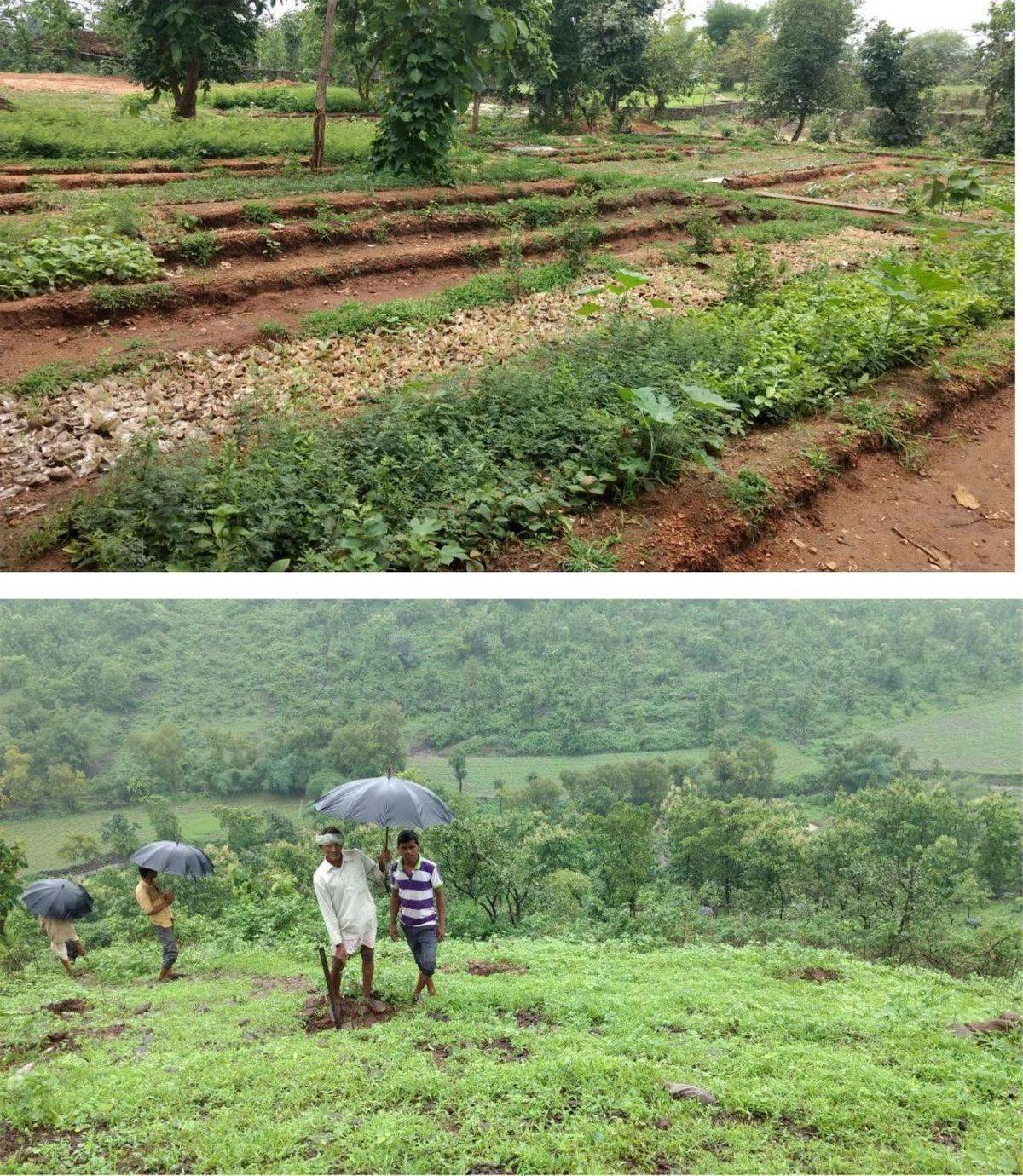
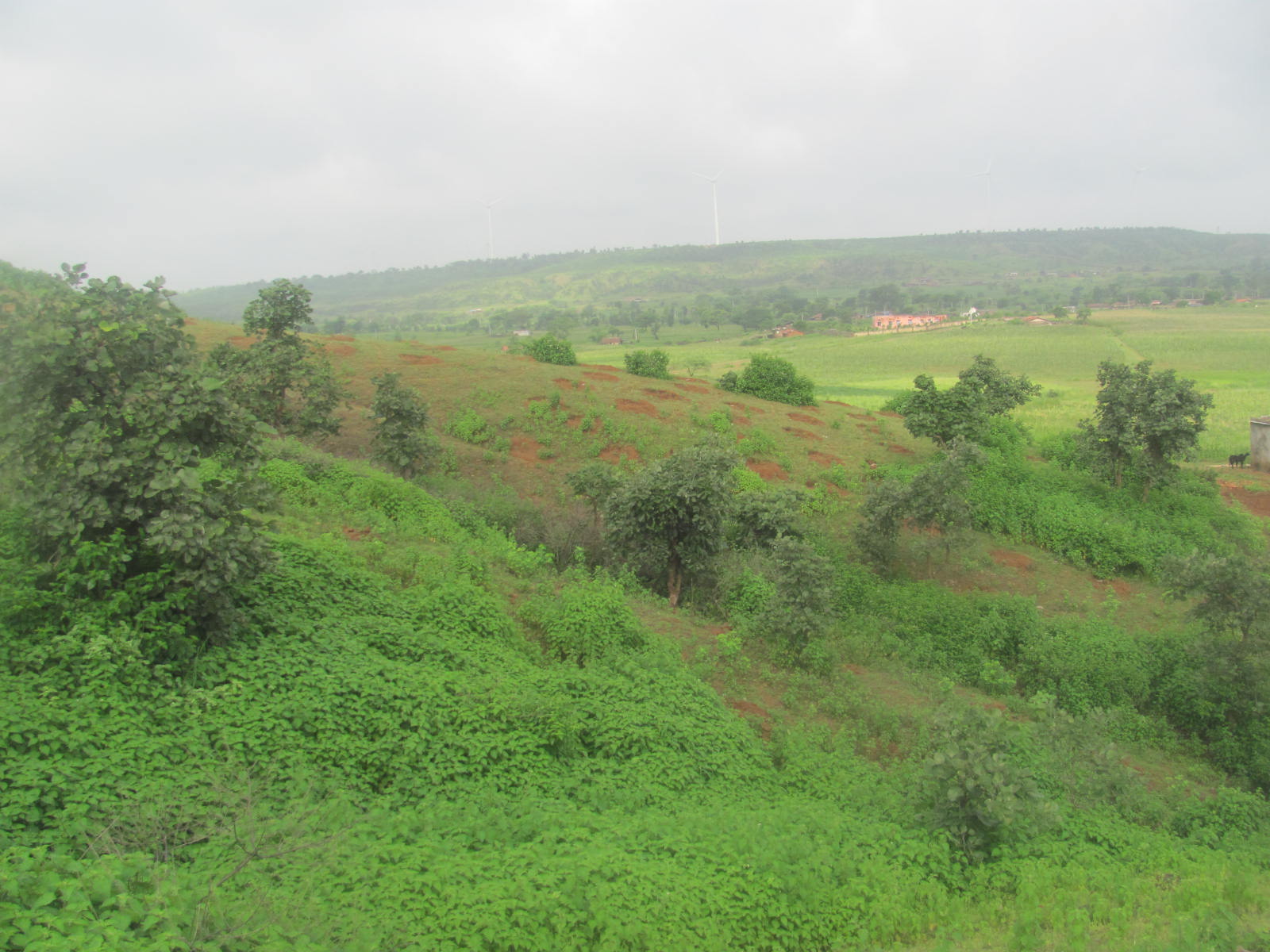
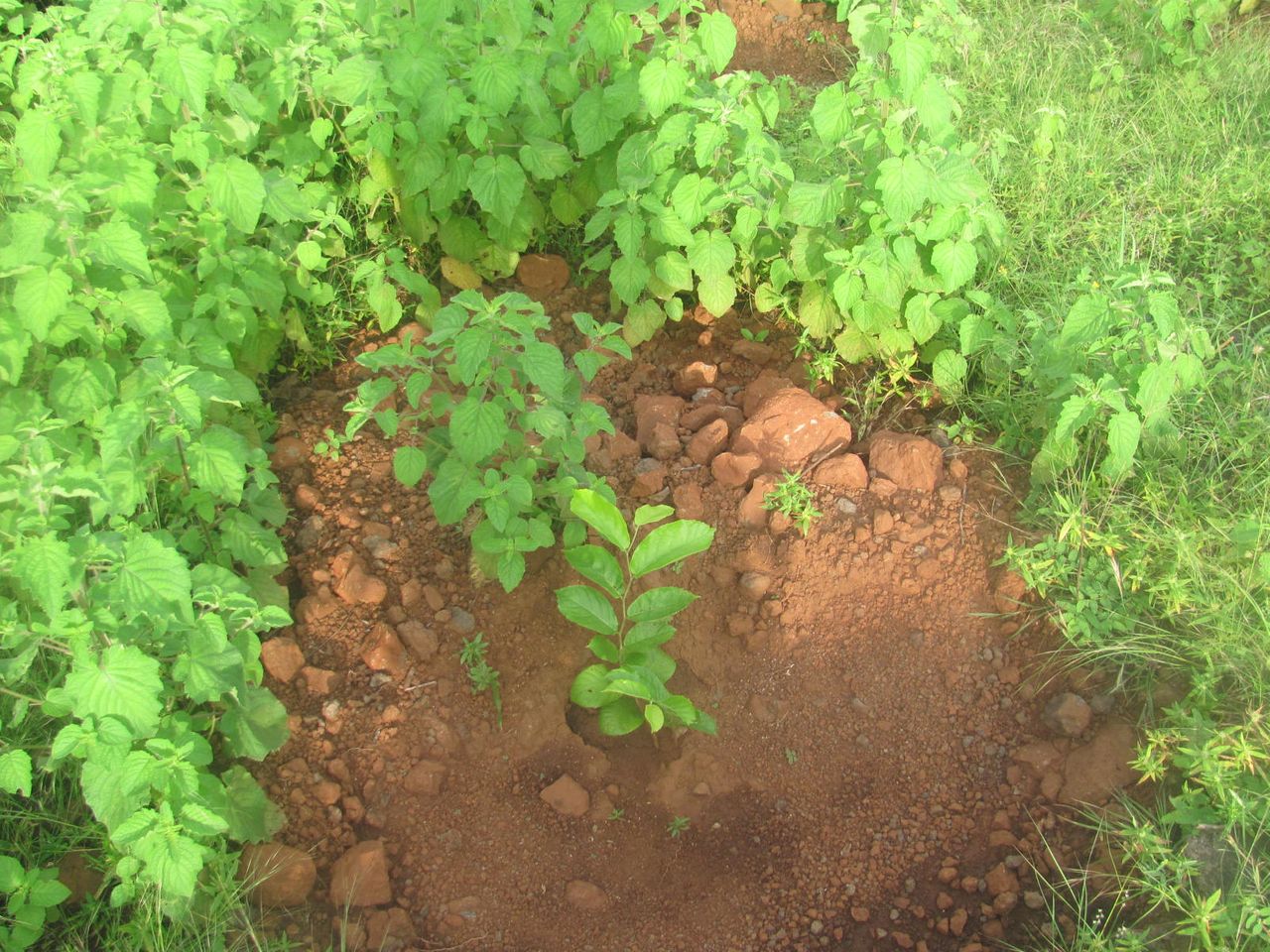

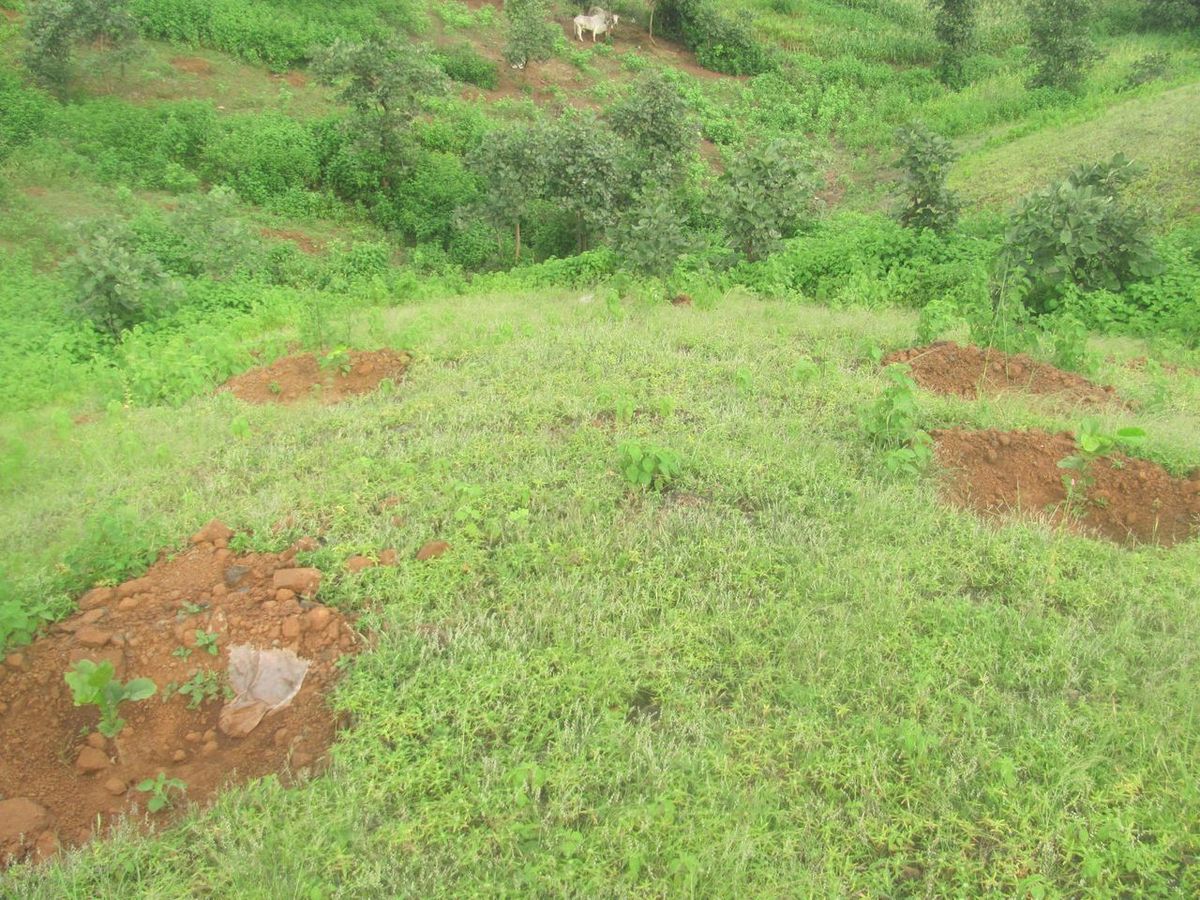

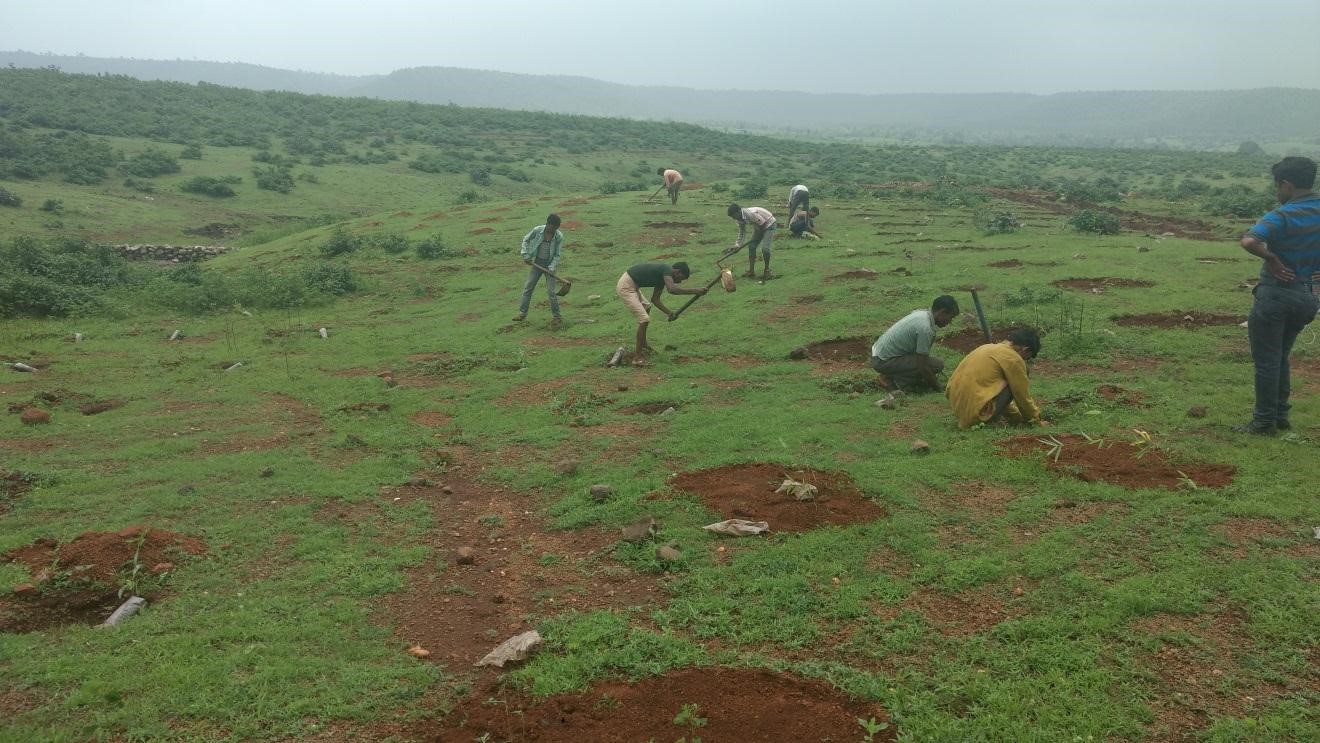


Project Target
0% Remaining
25,000
Trees Planted out of 25,000 Trees

Project Location:
Plantation of 25,000 saplings in the community land of the villages of Dindor Kheda, Surajpura, Manpura surrounding areas of Sitamata Wildlife Sanctuary.
Project Aim
The 20th January 2018 issue of the Hindu says that the rural community residing at the periphery of the forests believes in protecting the animals in spite of negative interactions. The 20th April 2018 issue of the Hindustan Times, reported about a woman being mauled by a leopard and the chief reason was cited to be a crisis of drinking water. The 20th September 2018 issue of the Deccan Chronicle reports on the severe water crisis in Rajasthan and the World Agroforestry Centre mentions the role of trees in conserving groundwater by preventing evaporation from the ground surface even though trees are said to consume lots of water.
The tree species present here are planted here include Amla (Phyllanthus emblica ), Bamboo (Dendrocalamus strictus), Kher (Acacia catechu), Sagon (Tectona grandis), Karanj (Millettia pinnata), Churail (Holoptelea integrifolia), Sirus (Albizia lebbeck), Seetafal (Annona squamosa), Bel (Aegle marmelos), Baheda (Terminalia bellirica ), Shisham (Dalbergia sissoo).
The sanctuary is known for its exceptional biodiversity of flora & fauna in Rajasthan and its unique ecosystem. Nearly, 50 species of mammals, 275 species of Birds, 40species of reptiles, 9 species of amphibians, 30 species of fishes and more than 800 species of plants have been recorded in the Sanctuary. This Sanctuary can be considered a "hot spot" of Rajasthan for floral and faunal diversity and is known for Flying squirrels and Panthers.
The Indian leopard (Panthera pardus fusca) is widely distributed on the Indian subcontinent. The species of Panthera pardus is listed as vulnerable on the IUCN Red List because populations have declined following habitat loss, fragmentation, poaching, and illegal trade.
The Indian Leopard can thrive in a variety of habitats like evergreen, dry & wet deciduous forests, scrub forests, rocky outcrops with grassy areas, etc. It is considered as a solitary animal that lives a nocturnal lifestyle, spending a significant part of the daylight hours safely in the shelter of trees. They use trees to gain a vantage point to attack prey by hiding among the branches. Leopards are excellent climbers and can carry their heavy captives on trees and devour the food there.
The Indian leopard is terrestrial and travels 80km in one night. The sanctuary is considered as a perfect habitat for herbivores, carnivores, and an assortment of regional, arboreal and waterfowl. As per the census conducted in 2007, the estimated figure of the panther population is about 43 (Deputy Conservator of Forests (Wildlife), Chittorgarh (Raj.), 2007-08. Annual plan of operations for Sitamata Sanctuary).
Amla (Phyllanthus emblica ), Bamboo (Dendrocalamus strictus ), Kher (Acacia catechu), Sagon (Tectona grandis), Karanj (Millettia pinnata ), Churail (Holoptelea integrifolia ), Sirus (Albizia lebbeck), Seetafal (Annona squamosa), Bel (Aegle marmelos), Baheda (Terminalia bellirica ), Shisham (Dalbergia sissoo).
The trees will protect the natural habitat of the leopard along with all the other animals of the forest. By protecting its habitat, it will be ensured that the leopards do not venture into human habitat thus avoiding man-animal conflict. Including the community in the plantation, process will increase awareness about the wildlife and will prevent them from venturing into the forest. The process of weeding carried out during the plantation process will prevent the growth of invasive tree species, thus facilitating the growth of trees and providing fodder for the animals. The 25,000 trees to be planted will create approximately 2,046 workdays of jobs in the nursery and planting activities and offset approximately 5,00,000 kgs of carbon/per year. These trees will provide flowers, fruit, fodder, and fuel to rural communities and living creatures, improve water catchment, generate oxygen, reduce carbon dioxide in the atmosphere, fight climate change and enhance the habitat of the Indian leopard.
Social Impact of Growing Trees
Community Engagement
Tree planting initiatives often involve local communities, which can lead to greater community cohesion.
Ecological Education
Provides opportunities for community members, especially children, about the importance of environmental sustainability.
Urban Beautification
Trees contribute to the aesthetic enhancement of urban areas, making cities more pleasant and liveable.
Climate Resilience
By improving green cover, tree planting helps make communities more resilient against climate impacts like heatwaves.
Employment Creation
Planting trees creates employment for local community members like planting and maintenance, administrative roles, and more long-term jobs in management.
Wildlife Habitat
Trees provide critical habitats for various species of wildlife. Enhancing tree cover helps preserve biodiversity, which can be an ecological boon for local communities
Copyrights @ 2025 All rights reserved by Pangea EcoNetAssets Pvt Ltd.